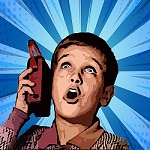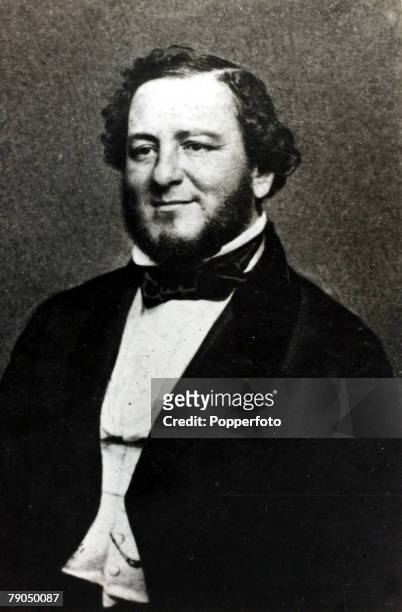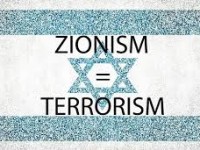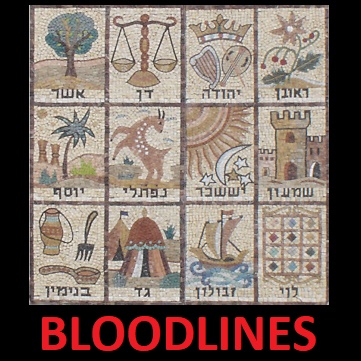National Guard called in to keep the peace in Baltimore
AP Photo/Matt Rourke An officer stands near a blaze, Monday, April 27, 2015, after rioters plunged part of Baltimore into chaos, torching a pharmacy, setting police cars ablaze and throwing bricks at officers.
BALTIMORE (AP) — National Guardsmen took up positions across the city and hundreds of volunteers began sweeping the streets of broken glass and other debris Tuesday, the morning after riots erupted following the funeral of a black man who died in police custody.
The streets were calm in the morning, but authorities remained on edge against the possibility of another outbreak of looting and arson.
The city was under a 10 p.m.-to-5 a.m. curfew, all public schools were closed, and the Baltimore Orioles canceled their Tuesday night game at Camden Yards. National Guardsmen in helmets with face shields surrounded City Hall, standing behind bicycle-rack barriers.
“We’re not going to have another repeat of what happened last night,” Maryland Gov. Larry Hogan vowed after a visit to a West Baltimore neighborhood where cars were burned and windows smashed. “We’re going to make sure we get Baltimore back on track.”
Hogan said there are “a couple of thousand” National Guardsmen and police officers in Baltimore, with more on the way.
It was the first time the National Guard was called out to quell unrest in Baltimore since 1968, when some of the same neighborhoods burned for days after the assassination of the Rev. Martin Luther King Jr.
At the White House, President Barack Obama called the deaths of several black men at the hands of police “a slow rolling crisis.” But he added that there was “no excuse” for the violence in Baltimore, and said the looters were stealing, not protesting, and should be treated as criminals.
As firefighters doused smoldering fires Tuesday, many lamented the damage done by the rioters to their own neighborhoods.
Hundreds of volunteers helped shopkeepers clean up as helmeted officers blocked a stretch of North Avenue in the neighborhood where Freddie Gray, 25, was arrested earlier in this month in a case that has become the latest flashpoint in the national debate over the police use of deadly force against black men.
Hardware stores donated trash bags and brooms, and city workers brought in trucks to haul away mounds of trash and broken glass.
With schools closed, Blanca Tapahuasco brought her three sons, ages 2 to 8, from another part of the city to help sweep the brick-and-pavement courtyard outside a looted CVS pharmacy.
“We’re helping the neighborhood build back up,” she said. “This is an encouragement to them to know the rest of the city is not just looking on and wondering what to do.”
Matt Rourke A police officer walks by a blaze, Monday, April 27, 2015, after rioters plunged part of Baltimore into chaos, torching a pharmacy, setting police cars ablaze and throwing bricks at officers.
CVS store manager Haywood McMorris said the destruction didn’t make sense: “We work here, man. This is where we stand, and this is where people actually make a living.”
The rioting started in West Baltimore on Monday afternoon — within a mile of where Gray was arrested — and by midnight had spread to East Baltimore and neighborhoods close to downtown and near the baseball stadium.
The rioters set police cars and buildings on fire, looted a mall and liquor stores and hurled rocks, bottles and cinderblocks at police in riot gear. Police responded occasionally with pepper spray or cleared the streets by moving in tight formation, shoulder to shoulder.
At least 15 officers were hurt, including six who were hospitalized, police said. There were 144 vehicle fires, 15 structure fires and nearly 200 arrests, the mayor’s office said.
“They just outnumbered us and outflanked us,” Baltimore Police Commissioner Anthony Batts said. “We needed to have more resources out there.”
The governor had no immediate estimate of the damage.
The rioting was the worst such violence in the U.S. since the turbulent protests that broke out over the death of Michael Brown, the unarmed black 18-year-old who was shot by a white police officer in Ferguson, Missouri, last summer.
“I understand anger, but what we’re seeing isn’t anger,” Baltimore Mayor Stephanie Rawlings-Blake lamented. “It’s disruption of a community. The same community they say they care about, they’re destroying. You can’t have it both ways.”
For more photos and vide of the damage go to:
http://www.msn.com/en-us/news/us/troops-descend-on-baltimore-after-riots-fires-paralyze-city/ar-BBiLz0T?ocid=mailsignout&fullscreen=true#image=2





